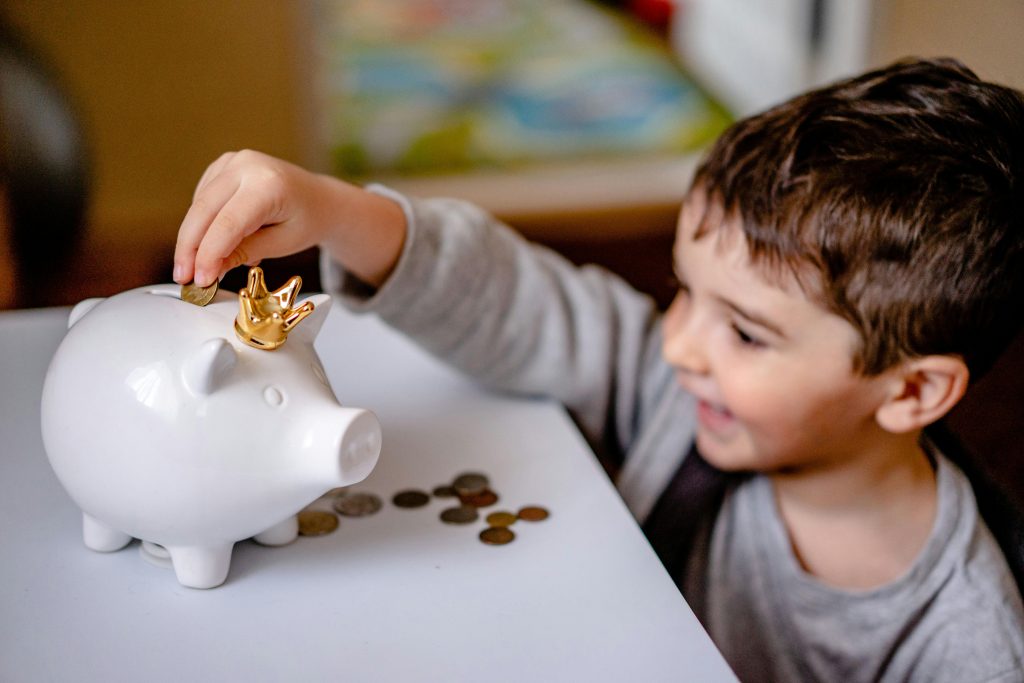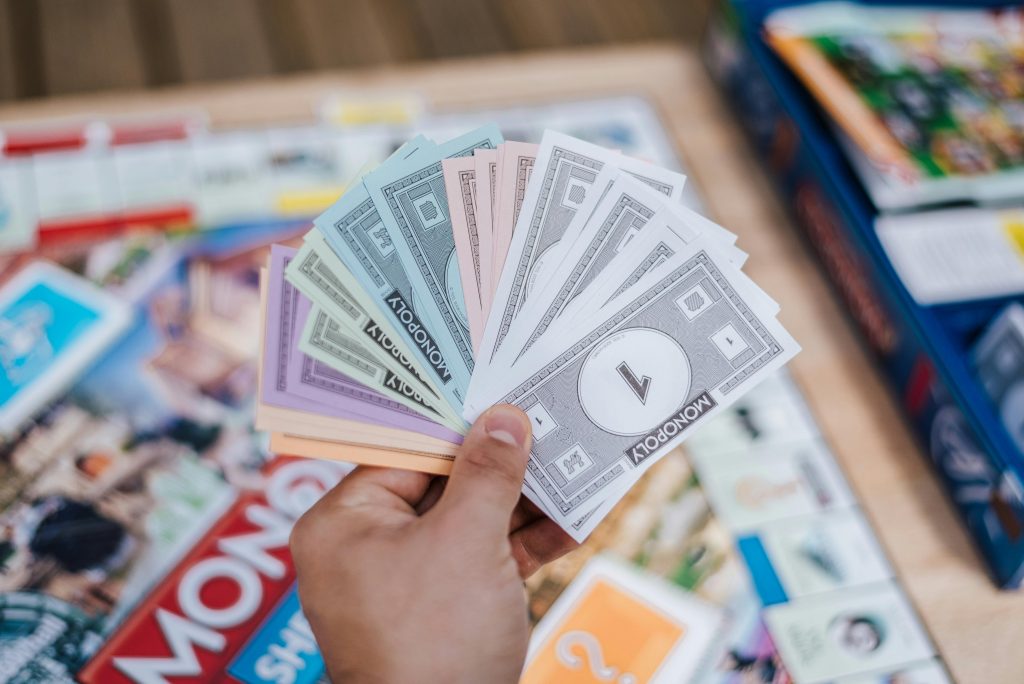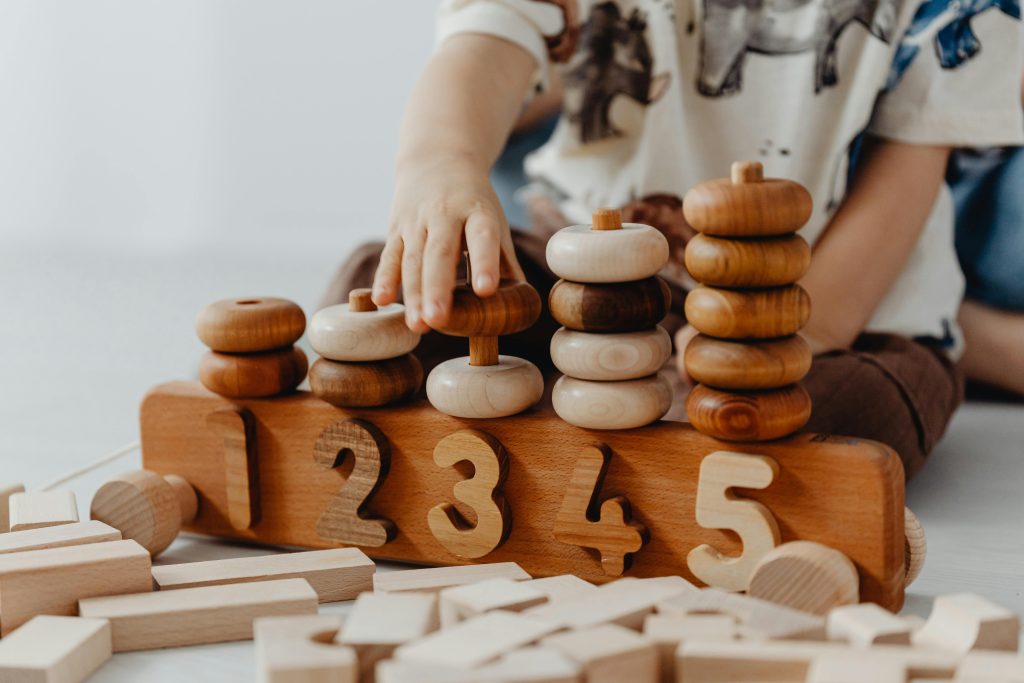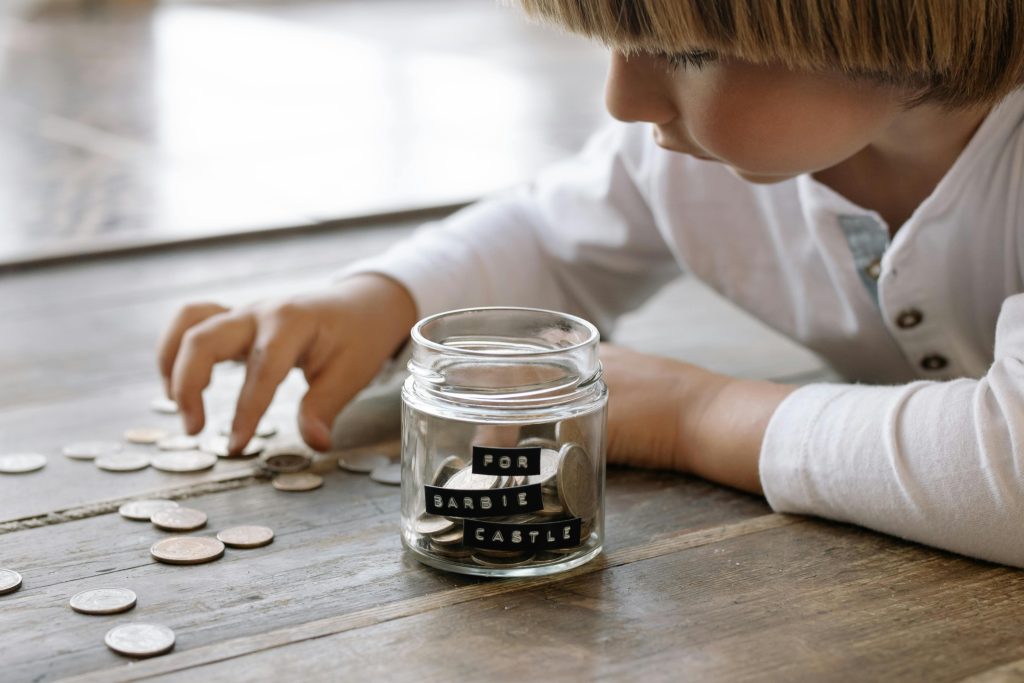
Counting kids is an essential skill for both adults and kids. While Kids are young and eager to learn, teach them how to count so it won’t become a chore later on. You can teach them using interactive and practical methods. If you are wondering how to teach counting money to your kids, here are six easy ways to help them master it with confidence.
1. Start With Real Coins and Bills

Use real coins and bills instead of paper money and plastic coins to teach children about money. This provides a tactile and visual learning experience. Begin with a few easily identifiable coins and small bills. Set up a pretend “store” at home with a register, mimicking stores they visit regularly. In this simulated environment, they can practice paying for items and receiving change. This hands-on approach makes learning about money realistic and engaging.
2. Play Money-Based Games

Playing money-based games like Monopoly is another effective approach. These games make earning and managing money enjoyable due to the excitement they generate. After all, who doesn’t enjoy buying property and collecting rent in Monopoly? Despite sounding mundane, it’s truly entertaining. Games like this also introduce challenges like calculating change or saving for a specific goal, seamlessly combining education with entertainment.
3. Incorporate Technology

.In today’s digital world, children are increasingly comfortable using technology both in and out of the classroom. This presents an opportunity to leverage technology as a valuable tool for teaching children how to count money. You can do this by leveraging apps and online games designed to teach kids about money. Tools like “Peter Pig’s Money Counter” or “Cashville Kidz” offer interactive lessons. These digital platforms often include colorful animations and rewards, making learning accessible and fun.
4. Practice Skip Counting

Recognizing number patterns is an essential skill in counting money. You can help tour kids practice this skill by skip counting. It consists of counting by 5s, 10s, and 25s as you count out change. Again, use physical coins to demonstrate patterns. Kids can demonstrate the skill by stacking nickels or quarters in groups. You and your kid can practice counting these stacks together to reinforce the concept.
5. Create a Money Jar System

Introduce a money jar system to your children, similar to a piggy bank, with separate jars labeled for saving, spending, and giving. This hands-on approach helps teach kids to count money by teaching them to budget and allocate money according to a plan. Encourage them to divide allowances or gift money into these jars to reinforce the concept. This visual organization provides a tangible way for children to understand real-life money allocation.
6. Take Them Shopping

Don’t just stick to the simulation in the home store. Instead, you can sometimes turn a shopping trip into a money lesson. Give your child a small budget and a shopping list. Help them locate items, check prices, and comparison shop. Once all the items are collected help them locate the total price and count out cash at checkout. This real-world practice builds confidence and demonstrates the value of money management.
Learning how to count money can be an enjoyable experience for kids. By incorporating hands-on activities, games, and real-life scenarios, you can foster essential financial skills in your child in a fun and engaging manner. Start using these strategies today to help teach kids count money and pave the way for their future financial success!
Read More

Shatel Huntley has a Bachelor’s degree in Criminal Justice from Georgia State University. In her spare time, she works with special needs adults and travels the world. Her interests include traveling to off-the-beaten-path destinations, shopping, couponing, and saving.